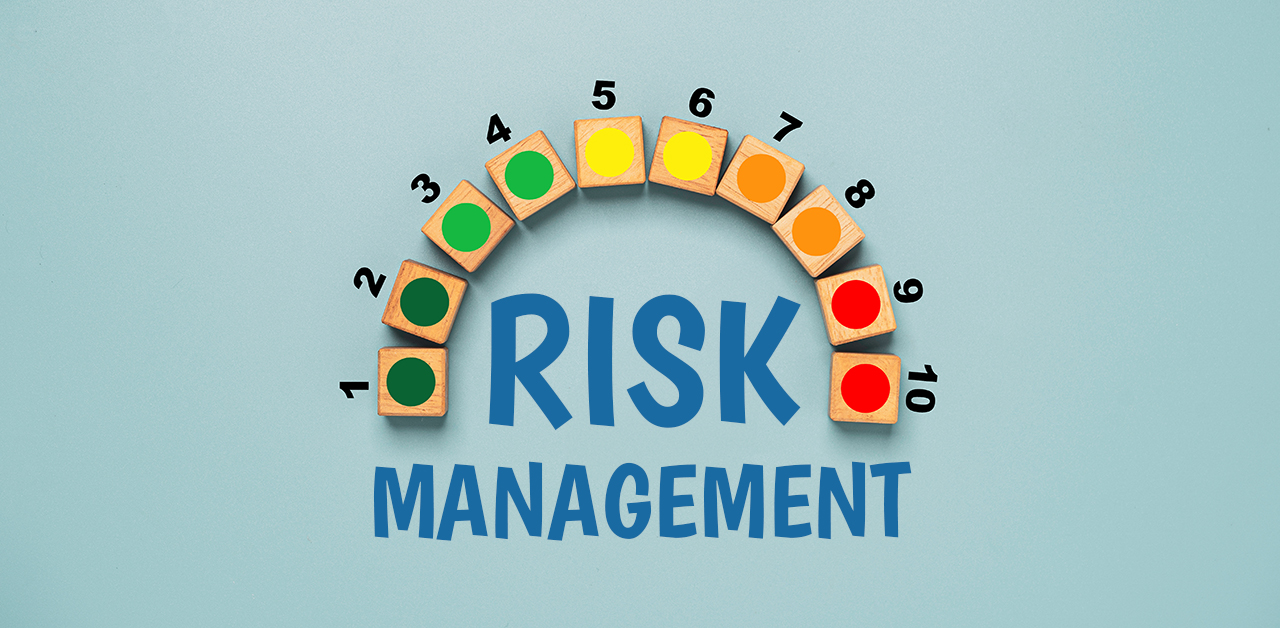Consumer tech gadgetry is a hot market. Devices as ubiquitous as the smartphone and as enviable as the Apple Watch have infiltrated every facet of consumer life. Smartphones carry the burdens of mundane tasks and serve as much more than a communication device. Functionalities include web connectivity, music, navigation, photos, videos, games, and any app a developer can dream up. Some perform specialized tasks like fitness tracking. BlueTooth technology has become a staple of communication, media consumption, and file transfers.
Consumers shouldn’t expect development lulls to happen anytime soon. Virtual and augmented reality is right on the cusp of a breakthrough. It’s set to even further change how we interact with our devices, environments, and each other.
Early Beginnings for Virtual Reality
Virtual reality first seeped into the mainstream public conscience in the 1990s. Early versions of the technology were clunky and novel at best. They lacked marketability outside of arcades or development and engineering projects.
The concept of virtual reality has existed since the 1950s. The
Sensorama in 1962 was the first ever virtual reality machine. The Sensorama was a large cabinet that included a multisensory presentation to accompany film footage, complete with wind effects and matching aromas.
Funding for consumer grade VR gear was unrealistic if not impossible until recently. The evolution of computer technology enables a reliable consumer market and functional applications for the gear.
Google Cardboard
Google was one of the frontrunners of consumer-friendly virtual reality gear with Google Cardboard. The inexpensive device provides an immersive if limited virtual experience. It introduces the masses to the technology and to encourage developers to create additional applications to inspire market growth.
A user’s smartphone goes inside the headmount. Applications can explore virtual realms,
tour museums, and play games. Since launch,Google has developed numerous enhancements and additions to the headsets, and independent developers have taken hold of the opportunity as well, creating
third party headsets and apps.
Oculus Rift
One of the most cutting-edge virtual reality devices on the market today is the Oculus Rift and its subsequent variations. The prototype of the Oculus gear initially offered the widest range of vision compared to any other VR equipment. Subsequently, many developments that followed took cues from the Oculus technology.
The VR industry is enjoying unprecedented rates of growth. For this reason, smartphone and wearables manufacturers can look forward to an upsurge in users upgrading their devices to
stay compatible with advanced VR technology.
Augmented Reality: Even More Promise
Augmented reality is a rising simulation technology that shifts how people relate to their environment. VR and AR are similar, but differ from each other in how deeply immersed in a virtual world the user is. With VR, the user experience takes place completely in a simulation, while AR incorporates elements from a virtual program into the real world. The new phenomenon of
Pokemon Go is the most recent and popular example of AR.Pokemon Go enables the game’s players to utilize phone GPS technology to hunt for characters who appear to be directly in front of a player. The game augments real-time data derived from the players’ surroundings and imposes images from the Pokemon game into them.
While this is a light and recreational application of the technology, it has sparked a recent flurry of analysts making
new predictions about where AR technology will take us in the future.
Augmented Reality Meets the IoT
The list of gadgets that have replaced or enhanced everyday responsibilities goes on indefinitely as the Internet of Things takes an increasing stronghold on ordinary life. Defined as the growing connectivity of everything, the IoT spans what seems like every inanimate object you can name. Stoves, cars, coffee makers, home ventilation systems, and even
egg cartons are all being connected to the internet. They are controllable by remote devices and designed to interact as part of a larger web of connectivity.
Critics disagree on the actual potential IoT holds. Serious
security risks exist. Still, optimism remains in numerous circles of eager innovators and tech developers.
The IoT promises to shape the future into a smarter, more streamlined world. Placing AR among the Internet of Things is a common projection, and more than likely there will be an
incorporation of one into the other.
Shifts in Consumerism Predicted from the Introduction of Augmented Reality
There will likely come a day when smartphones, tablets, wearable devices, personal computers, and laptops will change to
accomodate AR and VR currently underway. The most imaginative thinkers and innovators describe a sci-fi worthy scenario where most experiences take place in the augmented or virtual world, using the real world more as a tool or guide.
Imagine streamlining chores, obligations, and undesirable, mundane tasks in a singularly controllable, automated web of functionality. AR plays a role in that, too. More realistically, however, both VR and AR are being explored for the potential to optimize customer experiences, workplace environments, fitness,
sporting events, and military operations.
The cycle of innovation may very well outgrow current devices and gadgets. More consumer attention will focus on compatibility upgrades and new device purchases—a very profitable business model for the tech industry on all fronts.


